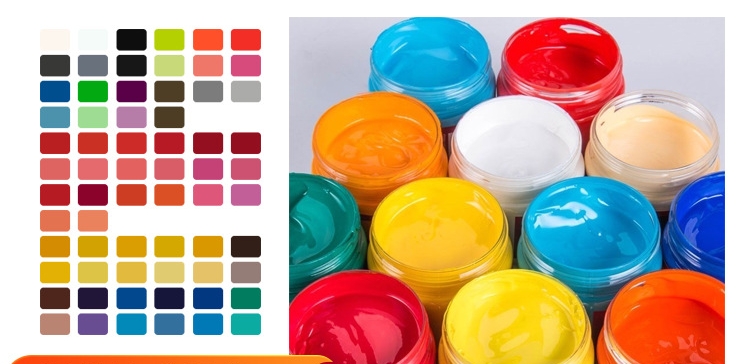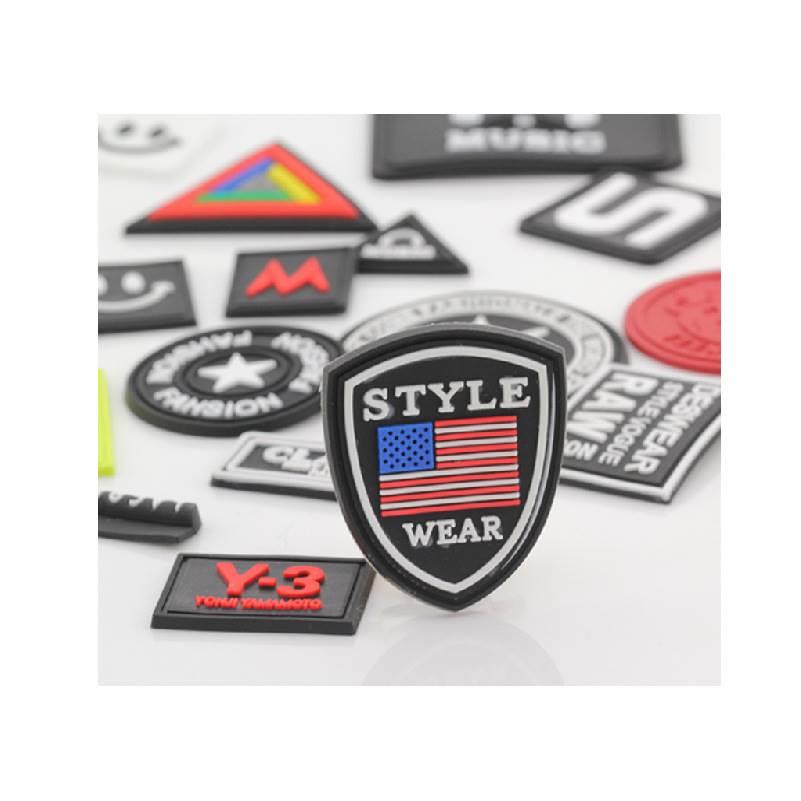Uses of PVC raw materials
PVC Material: Versatile and Widely Used in Modern Industry
Polyvinyl chloride, commonly known as PVC, is a synthetic plastic polymer that has become an integral part of modern industry. With its unique properties and wide range of applications, PVC material has made a significant impact on various sectors.
- Introduction to PVC Material
PVC is a thermoplastic material that is produced by polymerizing vinyl chloride monomer. It is available in different forms, including rigid and flexible varieties. Rigid PVC is often used in construction materials such as pipes, window frames, and siding, while flexible PVC is found in products like cables, upholstery, and inflatable toys.
One of the key advantages of PVC is its durability. It is resistant to moisture, chemicals, and corrosion, making it suitable for use in harsh environments. Additionally, PVC is relatively inexpensive compared to other materials, which makes it an attractive option for many applications.
- Properties of PVC Material
- Chemical Resistance: PVC is highly resistant to a wide range of chemicals, including acids, bases, and solvents. This property makes it ideal for use in chemical processing plants, laboratories, and other environments where exposure to chemicals is common.
- Mechanical Properties: PVC has good mechanical strength and can withstand moderate loads. It is also relatively rigid, which makes it suitable for structural applications. However, flexible PVC can be made by adding plasticizers, which give the material a softer and more pliable texture.
- Thermal Properties: PVC has a relatively low melting point and can be easily processed using heat. However, it has limited heat resistance and may soften or deform at high temperatures.
- Electrical Insulation: PVC is an excellent electrical insulator, which makes it suitable for use in electrical cables and wiring. It can also be used to insulate electrical components and equipment.
III. Applications of PVC Material
- Pipes and Fittings: PVC pipes are widely used in plumbing and drainage systems due to their durability, chemical resistance, and ease of installation. They are available in different sizes and thicknesses to meet various requirements.
- Window Frames and Siding: PVC window frames and siding offer several advantages over traditional materials such as wood and aluminum. They are energy-efficient, low-maintenance, and resistant to rot and insect damage.
- Roofing Membranes: PVC roofing membranes are used to provide a waterproof and durable roofing solution. They are available in different colors and textures to match the aesthetic requirements of different buildings.
Electrical Industry
- Cables and Wiring: PVC is commonly used as an insulation material for electrical cables and wiring. It provides excellent electrical insulation properties and is resistant to moisture and chemicals.
- Electrical Conduits: PVC conduits are used to protect electrical wires and cables from damage. They are available in different sizes and types to meet the requirements of different electrical installations.
Automotive Industry
Interior Components: PVC is used in the production of automotive interior components such as dashboards, door panels, and seat covers. It offers good durability, ease of cleaning, and can be molded into different shapes and designs.
- Under-the-hood Components: PVC is also used in some under-the-hood components such as hoses and seals. It is resistant to heat, oil, and other fluids commonly found in automotive engines.
Medical Industry
- Medical Tubing: PVC tubing is widely used in medical applications such as intravenous (IV) tubing and catheters. It is biocompatible, flexible, and can be sterilized easily.
- Medical Packaging: PVC is used in the packaging of medical devices and supplies due to its barrier properties and ability to protect the contents from moisture and contaminants.

- Environmental Impact of PVC Material
While PVC material has many useful applications, it also has some environmental concerns. The production of PVC involves the use of chlorine, which can have a negative impact on the environment if not properly managed. Additionally, PVC products can release harmful chemicals such as phthalates and dioxins when they are burned or disposed of improperly.
To address these concerns, efforts are being made to develop more sustainable alternatives to PVC. For example, some companies are using bio-based materials or recycled PVC to reduce the environmental impact of their products. Additionally, proper disposal and recycling of PVC products can help to minimize their environmental footprint.
- Future of PVC Material
Despite the environmental challenges associated with PVC, it is likely to remain an important material in the future. As technology continues to advance, new methods of production and processing are being developed that can reduce the environmental impact of PVC. Additionally, the demand for durable and cost-effective materials is expected to continue to grow, which will drive the use of PVC in various industries.
- FAQs about PVC Material
- What is PVC material made of?
- PVC is made by polymerizing vinyl chloride monomer. It may also contain additives such as plasticizers, stabilizers, and pigments to enhance its properties and performance.
- Is PVC material safe for use?
- When used properly, PVC material is generally considered safe. However, some PVC products may contain harmful chemicals such as phthalates and dioxins. It is important to choose products that are certified as safe for use.
- How is PVC material recycled?
- PVC can be recycled through mechanical and chemical processes. Mechanical recycling involves shredding and reprocessing the material into new products. Chemical recycling breaks down the PVC into its constituent monomers, which can then be used to make new PVC or other products.
- What are the advantages of using PVC material?
- PVC has several advantages, including durability, chemical resistance, low cost, and ease of processing. It is also available in a wide range of forms and can be customized to meet specific requirements.
- What are the disadvantages of using PVC material?
- Some of the disadvantages of using PVC material include its environmental impact, potential for releasing harmful chemicals, and limited heat resistance. Additionally, PVC products may not be as aesthetically pleasing as some other materials.
VII. Conclusion
PVC material is a versatile and widely used plastic polymer that has made a significant impact on modern industry. With its unique properties and wide range of applications, PVC is likely to remain an important material in the future. However, it is important to address the environmental concerns associated with PVC and develop more sustainable alternatives. By doing so, we can ensure that PVC continues to be a valuable resource while minimizing its impact on the environment.



